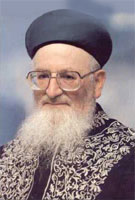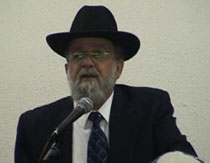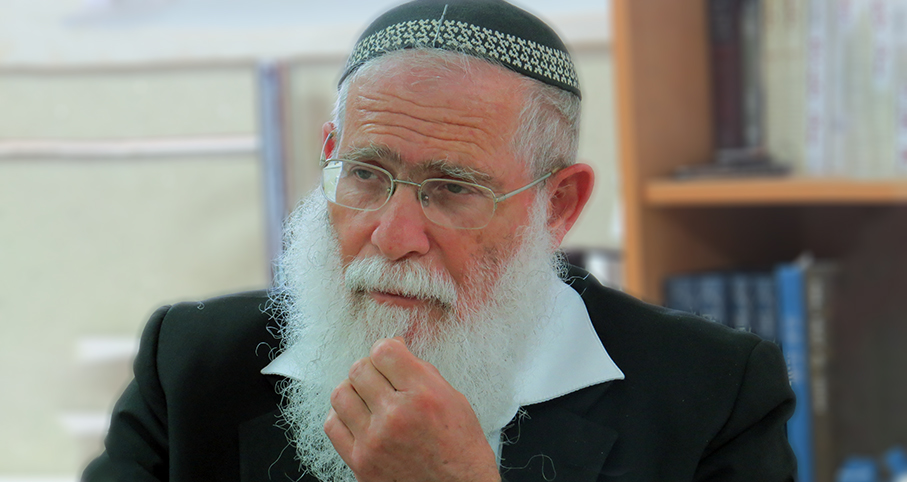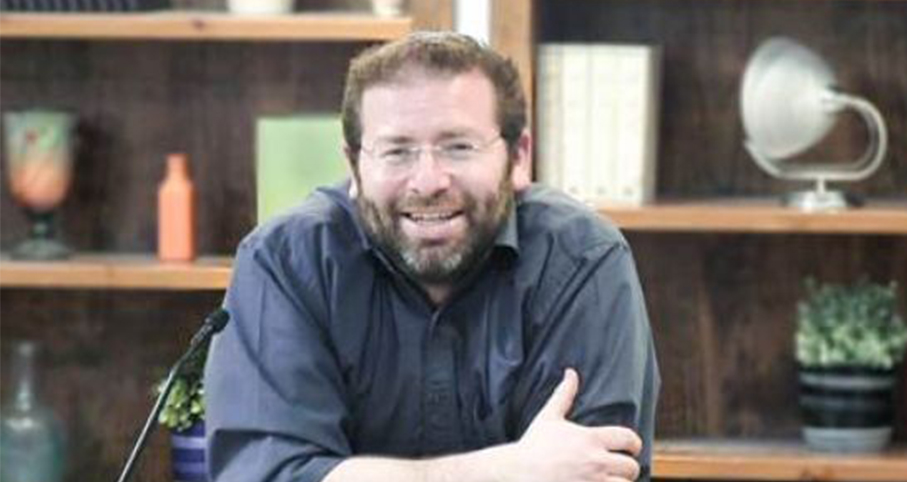Beit Midrash
- Sections
- Chemdat Yamim
- P'ninat Mishpat
The gemara (Sanhedrin 2b) debates whether the Torah requires semuchim for monetary matters, and the Rishonim differ as to which opinion to accept. Tosafot (Sanhedrin 3a) says they are not required; the Rosh (ad loc. 1:3) and the Tur (Choshen Mishpat 1) say that Torah law requires them (a rabbinic institution allowed others to judge).
Why would someone who knows how to rule be disallowed if he lacks semicha? The K’tzot Hachoshen (3:1) says that the issue is not the ability to decide matters but the authority to enforce a ruling when both sides do not accept it. When they accept the judges and the judgment, the Torah does not require semuchim. Capital and corporal punishment are forced upon the person who is judged, thus explaining why semuchim are required. The same idea applies to matters of a public nature.
The uninterrupted chain of semicha from dayan to dayan ended during the period of the Amoraim. How then, will we have semuchim at the time of Mashiach? Will it require the resurrection of deceased semuchim? The Rambam (Sanhedrin 4:11) suggests that if all of the scholars of Eretz Yisrael agree to appoint dayanim and give them semicha, this will be effective, thus creating semicha that can then be passed on to others. The loss of semicha was seen as a tragedy because the dispersed nation found it difficult to get everyone together to agree to carry out the process.
The Rambam reasons that this must be the case because Hashem promised to return our judges as of old. Since Mashiach cannot change the Torah, he cannot create a process that does not exist. Therefore, there thus must be an existing mechanism and, indeed, the re-advent of the Sanhedrin will be a harbinger of the coming of Mashiach. One could argue that just as Moshe was the recognized Torah authority and thus was the head of the courts who could give semicha, so too in the future an authoritative leader would assume this position.
At different times in history there have been attempts to implement the Rambam’s suggestion (in the Mishneh Torah, his view on implementation is vague). The most famous and serious attempt was done in Tzfat at the time of the Mahari Beir Rav (16th century), when his colleagues gave him semicha. This was opposed by the community in Yerushalayim, headed by the Maharalbach. He opposed on fundamental grounds, as many disagree with the Rambam and say semicha will return only with the coming of Mashiach. They also argued that all of the scholars of Eretz Yisrael would have to come together in agreement, whereas at that time, the scholars of Tzfat did the whole thing themselves.
Unfortunately, despite more recent efforts by Rav Yisrael Mishiklov and Rav Maimion, we are still without semuchim.

P'ninat Mishpat (802)
Beit Din Eretz Hemda - Gazit
95 - P'ninat Mishpat: Multiple Agreements and Parties – part II
96 - P'ninat Mishpat: Late and Flawed Apartment
97 - P'ninat Mishpat: Did Any Furniture Go to the Buyer? – part II
Load More

P'ninat Mishpat: Multiple Agreements and Parties – part II
based on ruling 80082 of the Eretz Hemdah-Gazit Rabbinical Courts
Beit Din Eretz Hemda - Gazit | Kislev 5786

P'ninat Mishpat: Return of Down Payment Due to War – part I
based on ruling 84044 of the Eretz Hemdah-Gazit Rabbinical Courts
Beit Din Eretz Hemda - Gazit | Elul 5785

P'ninat Mishpat: Late and Flawed Apartment
based on ruling 82174 of the Eretz Hemdah-Gazit Rabbinical Courts
Beit Din Eretz Hemda - Gazit | Kislev 5786























